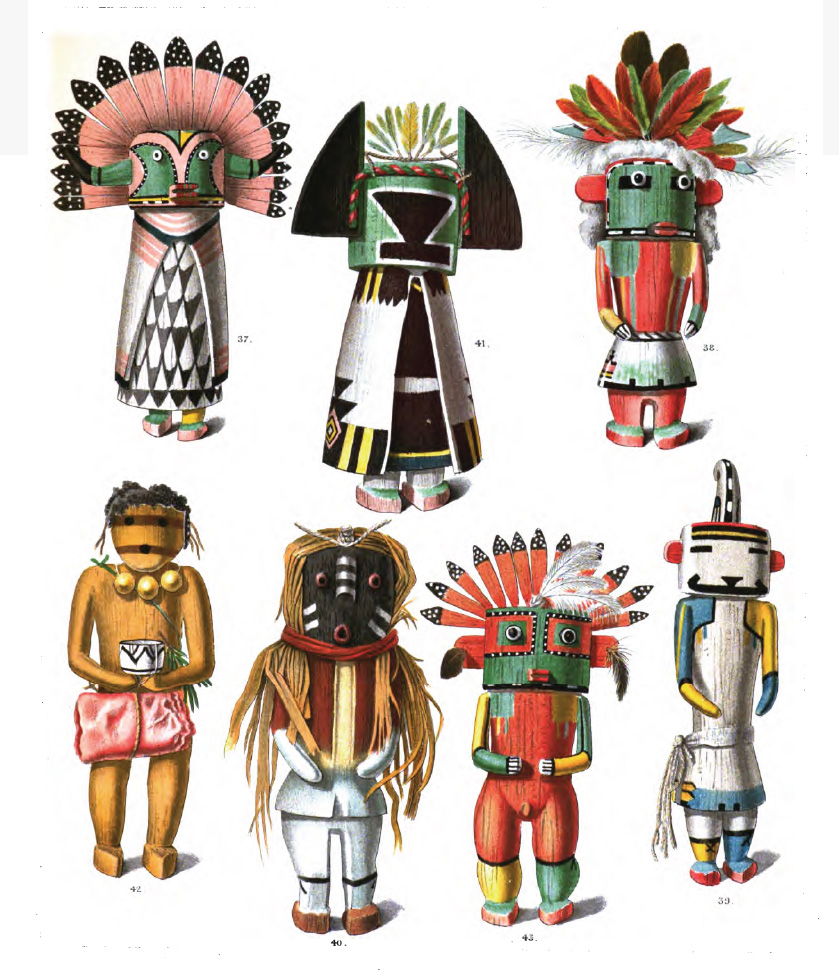Sample: TILT Assignment Example
Document Duel
Welcome to your first Document Duel assignment!
The purpose of this assignment is to
- Analyze two primary sources.
- Create an original piece of work analyzing these sources to construct your own perspective of the event.
The skills you will develop in this assignment are
- How to read and interact with primary historical sources.
- How to critically analyze competing accounts of the same event.
- How to strengthen your critical-thinking skills.
These skills are not only helpful in the field of history but in all parts of life. To navigate today’s information-heavy landscape, individuals need to consume media through a critical lens, and the skills that are needed to properly interrogate primary source documents are the same skills that will help you consume and analyze contemporary media.
Knowledge
Now that you know what you will gain from this assignment, why should it matter to you? Working with and analyzing historical primary sources will teach you to recognize how a point of view and a bias affect evidence, what contradictions and other limitations exist within a given source, and to what extent sources are reliable. As you do these projects, you will develop stronger analytical and critical thinking skills, approach primary sources with greater confidence, and understand how historians use such sources to construct their interpretations of the past.
Task
For each Document Duel project, I will provide you with two primary source documents. Both represent actual evidence from the past, but they usually take opposing views of an issue or an event. This is useful because historians often need to weigh conflicting pieces of evidence, and you get to see that in action. Follow the steps below to complete your assignment.
- Read the selected textbook excerpt to help you gain the historical context of the primary source documents.
- Read both primary source documents.
- In an essay of more than 2 pages but less than 4 pages you will discuss:
- how these two primary sources support each other and/or contradict each other.
- Where they agree/disagree.
- Finally you will provide one paragraph at the end of the essay that details whether or not you think which document was a more honest account or whether you think they were equally honest in their assessment of the historical event.
Note! This essay is not an opinion piece, but rather a brief work of historical analysis. You must examine both documents with an open mind and analyze the account in their historical context before drawing the conclusion for your final paragraph.
Paper Guidelines:
- Chicago style 17th edition formatting
Links to an external site. (no cover page)
- Font must be Times New Roman
- 12 pt. font
- Double spaced
- Name, class title, date, and instructor name in the upper left hand corner.
- Last name and page number in upper right-hand corner.
- Submit either a PDF or Word doc file.
- How to submit an assignment to Canvas
Criteria for Success
Refer to the rubric for this assignment to understand what a quality submission will look like. You can also reference this example from a previous student to get some inspiration.
